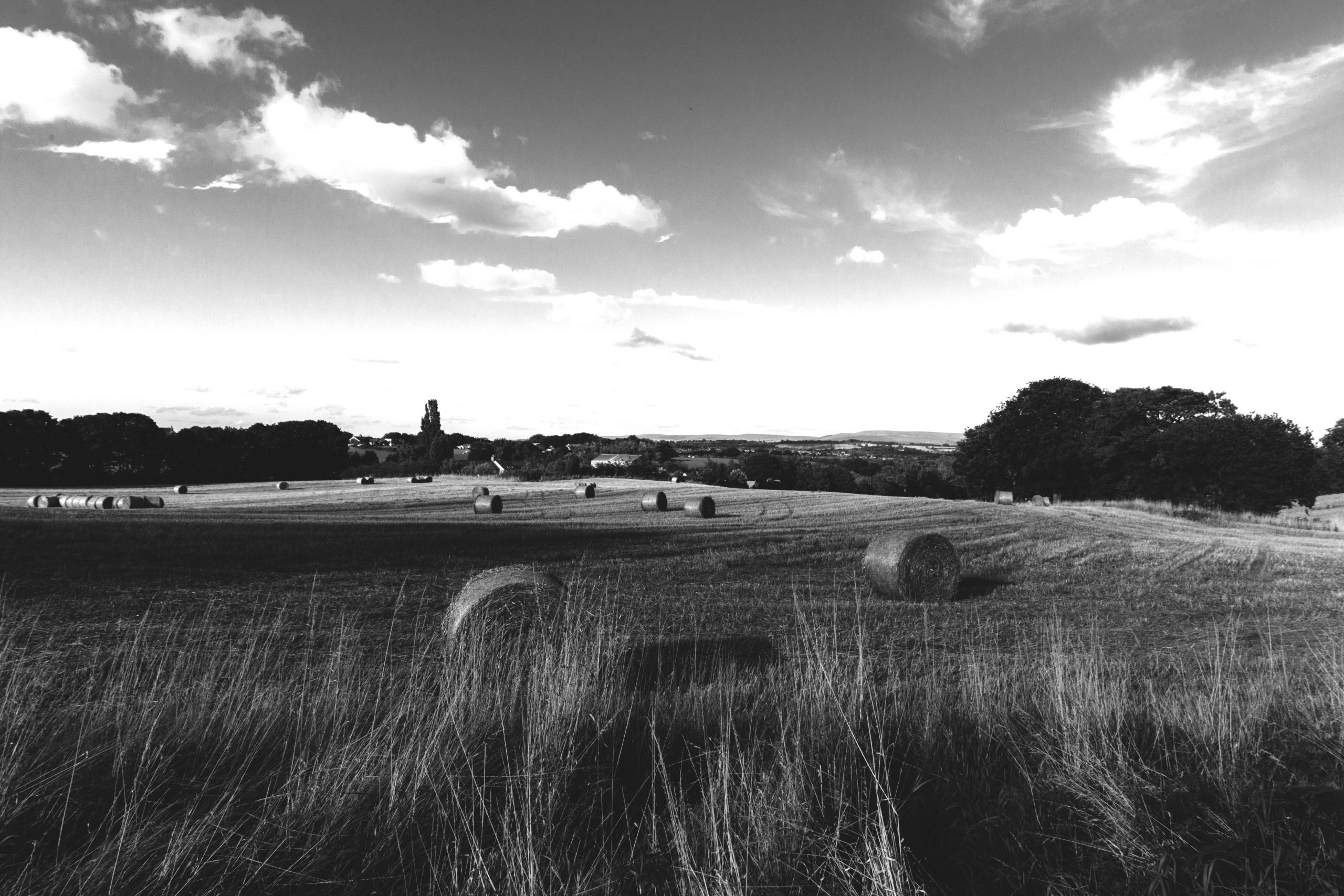Mark Twain famously said ‘Buy land, they’re not making it anymore’ and in a world where population continues to increase, the relevance of that statement has never been greater. The pressures for use of land are multiplying, yet the demands from it in terms of food, housing, amenity and more are likewise sought after. How we seek to solve this going forward is crucial and is certainly complex. There are many forecasts on all these issues but currently global population growth is just over 1% per annum, famine impacts on wide areas of our world and many have little or no shelter.
What is very clear from all of this is that, whatever we do, we must seek to maximise the potential of our land. To do this we cannot look at it in compartments or for individual uses, the time is very much here to take a truly integrated approach to land management and its use. This brief article looks at how this might apply in the UK but hopefully the issues here can be contextualised for other situations.
What is an integrated approach?
Taking an integrated approach is to put together parts or elements and combine them into a whole. It requires understanding that, how we utilise or treat one area can impact significantly on another – something to do with the combination of the parts are greater than the whole. Over many years, this type of approach has often been sadly lacking in many areas and certainly within land management. The support system for agriculture often directs itself at individual areas of environment, food production or whatever and does not give a joined up approach.
The author is old enough to remember schemes that on the one hand encouraged farmers to do one thing and yet another different scheme supported the exact opposite. Every scheme introduced can have a laudable aim in itself but impact on other areas. Recent announcements from DEFRA in the UK herald a period of real change in policy and its implementation. The key premise is that public money should be used for public good. That aim must surely be supported but it requires a fully integrated approach to land management and maximising the delivery of public goods – economic, social and environmental. The current farm support system has tended to focus on individual outcomes of food supply, farm income support, environmental gain etc. Support mechanisms have also focussed separately on land used for agriculture, forestry, tourism etc. It is vital going forward that this situation is addressed. Public money for public goods must be set in a context of total land management.
An example from Worcestershire
A pioneering approach in Worcestershire to this integrated approach is worth mentioning here. Whilst the project had its origins in creating flood protection by slowing the flow of water down rivers and streams, it has had also marked impact on so many other areas. It has gained real community engagement and indeed now is very much a partnership of all stakeholders involved. As examples, it has led to strategic tree planting which has had marked impacts on water management and quality, reductions in carbon emissions, improved the environment, increased soil quality and increased farming productivity… It has certainly maximised the benefit of public investment and shown that competing interests and bodies can all be winners by working together.
We must encourage schemes bringing agencies, organisations and individuals together in such ways working with landowners to maximise benefits. We must also support local schemes addressing land use issues in that particular locality in a truly joined up approach. As land is so much in demand, only the adoption of fully integrated approaches to its management can really work and offer the only true effective and economic approach.
Making use of all that is available
Farmers quite rightly focus on food production and doing this in a profitable manner. Nothing wrong with that. What is being advocated here is an environment in which farmers can be encouraged certainly to produce food but also to maximise every resource they have available. Around 50% of woodland in the UK is unmanaged. It can be seen in a farm context as a distraction but it offers real opportunity not just in managing the timber and tree products but also as a resource which can help farming achieve its primary purpose and create the environmental and social benefits everyone seeks.
Often farming land adjoins water courses – this can cause conflicts in terms of agency working with their apparently differing objectives. Yet adopting a fully integrated catchment approach can produce major outcomes where the focus is on joint working and partnership. It sounds easy and it is recognised that it is not. However such approaches are vital going forward and policy decisions need to help this not hinder it.
Time for change
Water, energy and food are inextricably linked, and a failure to recognise the likely outcomes of actions and planning decisions in one area has often led to substantial consequences for another. Land available is certainly finite and, as more housing and services are required for a growing population, its use for other purposes diminishes. How we tackle this will require careful yet decisive action and the only real solution is taking a truly integrated approach.
The UK’s recent publication of its 25 year plan offers real opportunity to make a step change in how we support landowners and tenants – to provide food, energy and water in sufficient quantity and quality yet also ensuring it is sustainable in environmental, social and economic terms. As Marie Curie said ‘Life is not easy for any of us. But what of that? We must have perseverance and above all confidence in ourselves. We must believe that we are gifted for something and that this thing must be attained.







